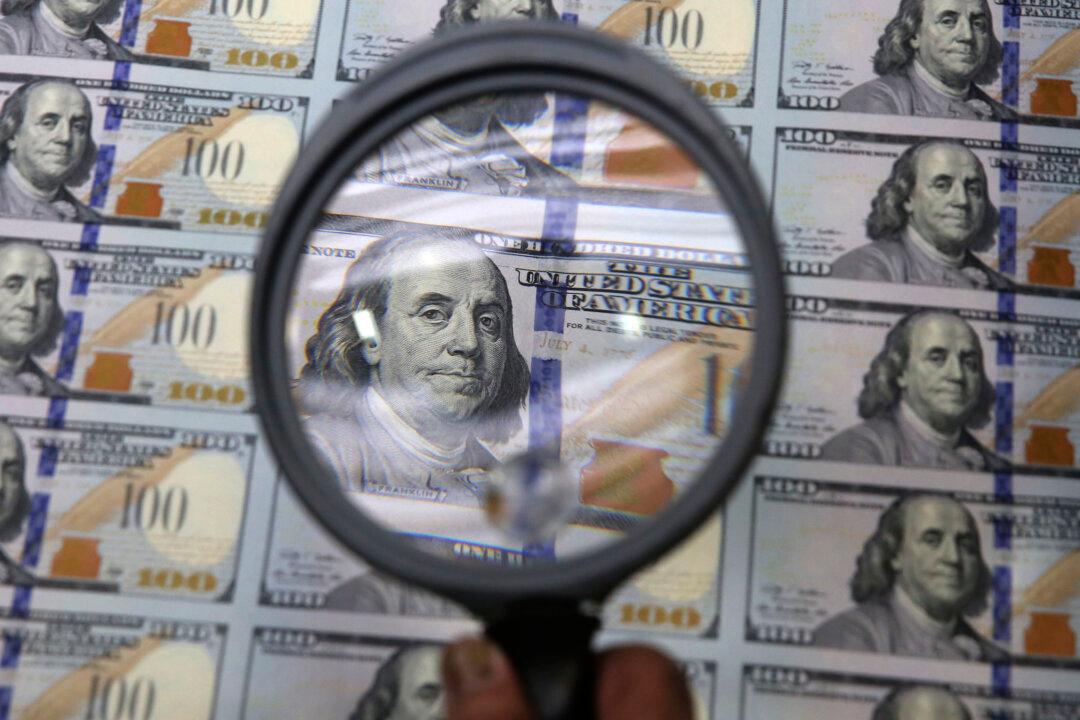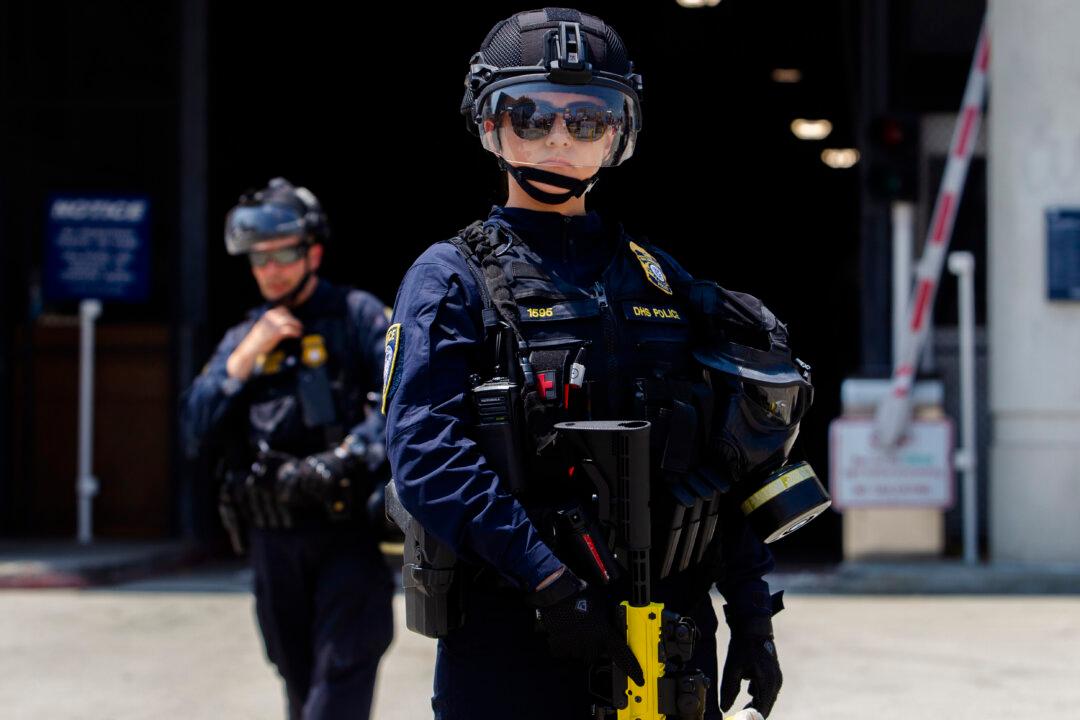Oversight failures by state officials resulted in the misallocation of more than $29 million in federal pandemic relief funds that may now have to be repaid by taxpayers, according to Oklahoma state Auditor and Inspector Cindy Byrd.
Byrd’s office released a report (pdf) on June 27 from an audit that reviewed about $14 billion in Oklahoma state spending in fiscal year 2021, with the bulk of it related to COVID-19 relief funds.





